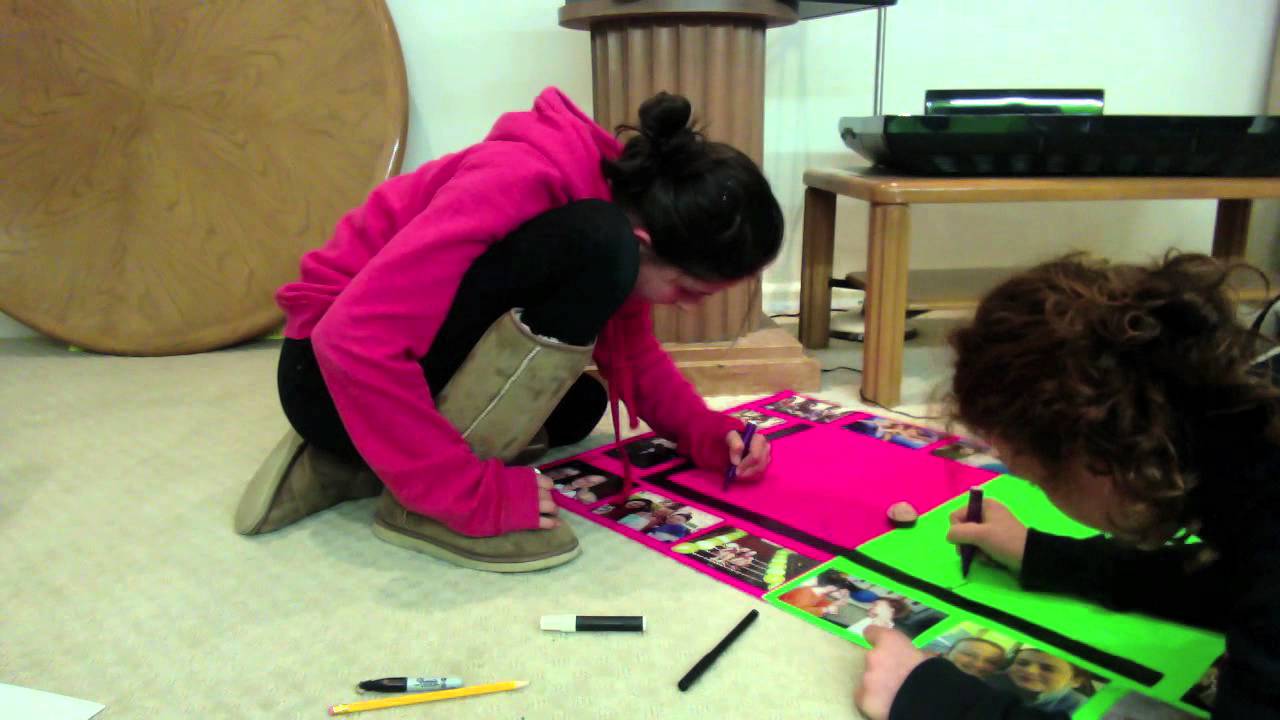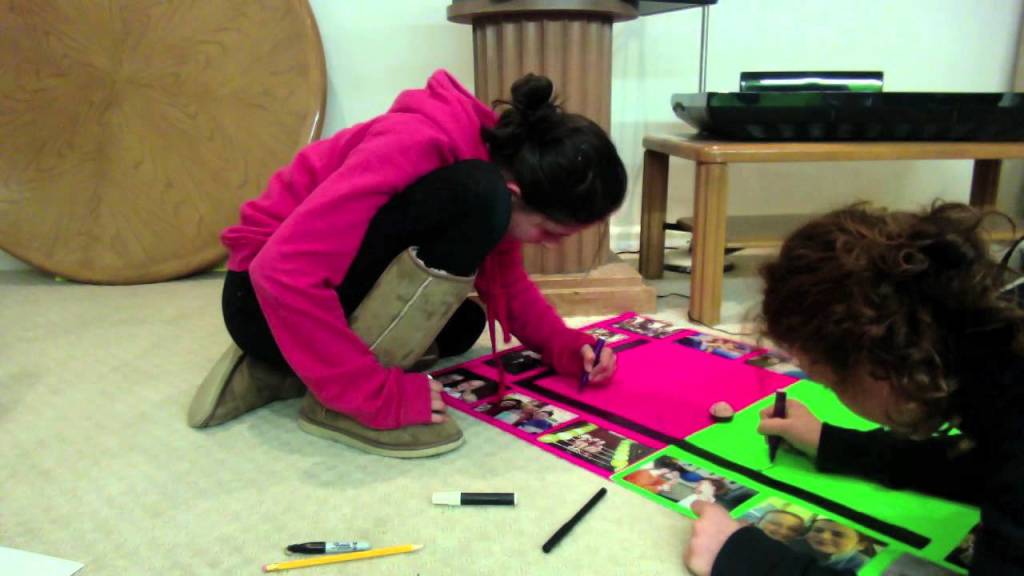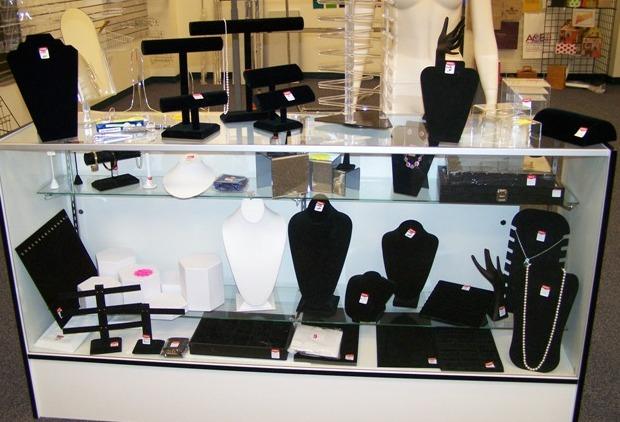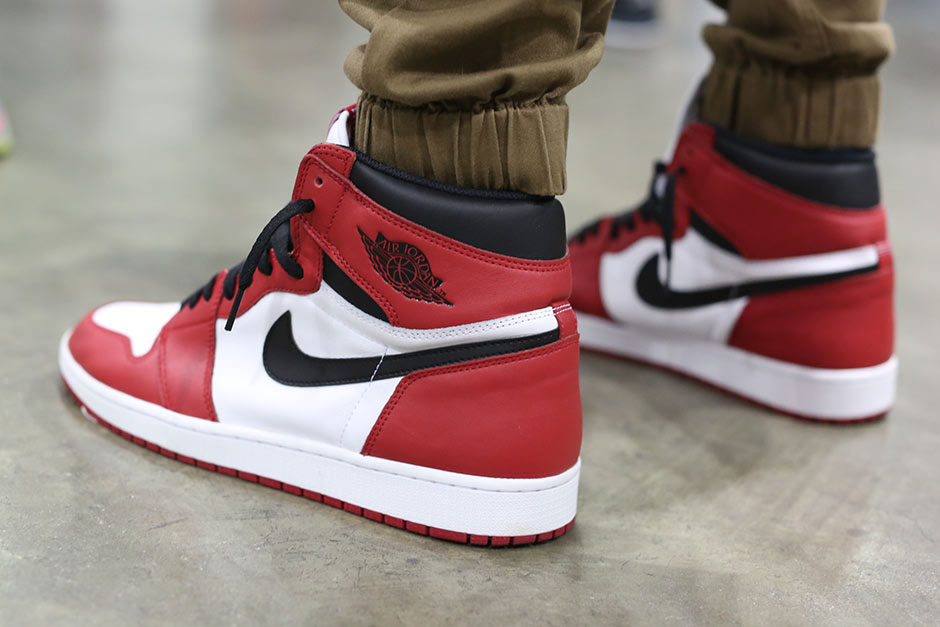Creating your own greeting cards is a fantastic way of really letting someone know you are thinking about them. Or, if you are good enough, there is even money to be made by creating cards and selling them online, in craft stores or at fares and car boots. You’ll need to be creative, arty and patient with your work although even those new to card making can produce professional looking products with a little bit of practise.
There are dozens of themes to choose from once you begin creating your own cards; a very popular one is sports. Sporty greeting cards work great for birthdays, anniversaries and all manner of celebratory occasion as long as the intended recipient is sports mad! If you are short of supplies visit www.handyhippo.co.uk. Here we’ll go over a handful of tips for creating your very own sporty greeting cards.
- Plan your design
The first thing to do is to gather up or brainstorm your ideas and sketch out some designs with a pencil and paper, before you jump into actually creating your design. There is no set formula for doing this, so just do what comes naturally and sketch out a set of potential layouts, patterns and pictures for your card. For inspiration, look online or in magazines and don’t be afraid to print out designs or pictures you like from the internet to use on your card.
Choose a theme and collect cut outs and drawings that fit it. Perhaps pick the recipient’s favourite sport and construct a design around it by collecting cut outs of the equipment used to play it. Once you have a collection of cut outs, experiment by moving them around the card.
- Think in 3 dimensions
Sports are full of things like balls, rackets, bats and nets all of which lend themselves really well to 3D effects. By adding a 3rd dimension, you bring your card to life and make a certain item or scene stand out clearly from the rest of the background. If the recipient loves tennis, think about something like a scene from a tennis court where the ball literally comes out of the page.
There are several ways of adding the 3rd dimension to your card. You could try your hand at decoupage, add 3D embellishments or work with layers of card to make a certain design stand out from the page.
- Pick a suitable colour scheme
Picking a suitable colour scheme could make or break your card. Make sure you know the team your recipient supports and design the card around the colours of their strip, emblem or flag. Keep the colours within this scheme and avoid the temptation to introduce others as it could spoil the entire design. Remember, that splash of red that you think compliments the white may just be the colours of the rival team!
If there is no obvious team from which to take the colour scheme, search online for photos of people playing the sport or sports you have chosen. Most sport have some colours that match better than others so don’t take the risk if you are unsure.
- Create a focal point
Every good greeting card should be designed around a centrepiece, and a sports greeting card is no different. The focal point should be the most interesting part of the design, and so may well be the heart of the action or a print or stamp of a ball, for example.
Locate the centrepiece somewhere on the diagonal line from the top left hand corner to the centre of the card, as this is naturally where a person’s gaze first falls. If there is no natural focal point, consider grouping smaller items together along this line to create a faux-centrepiece instead.
- Don’t overdo it
It can be tempting to try and cram a lot of action or detail into a greeting card, particularly with a theme like sports where there is potentially so much you could include. Resist the temptation to do this and stick to one or two clear prints or designs to avoid the card looking cluttered and congested.
A simple ball, player or racket tastefully located onto a well-designed background could be far more effective than trying to depict an entire sports stadium, complete with fans, players and a referee!




